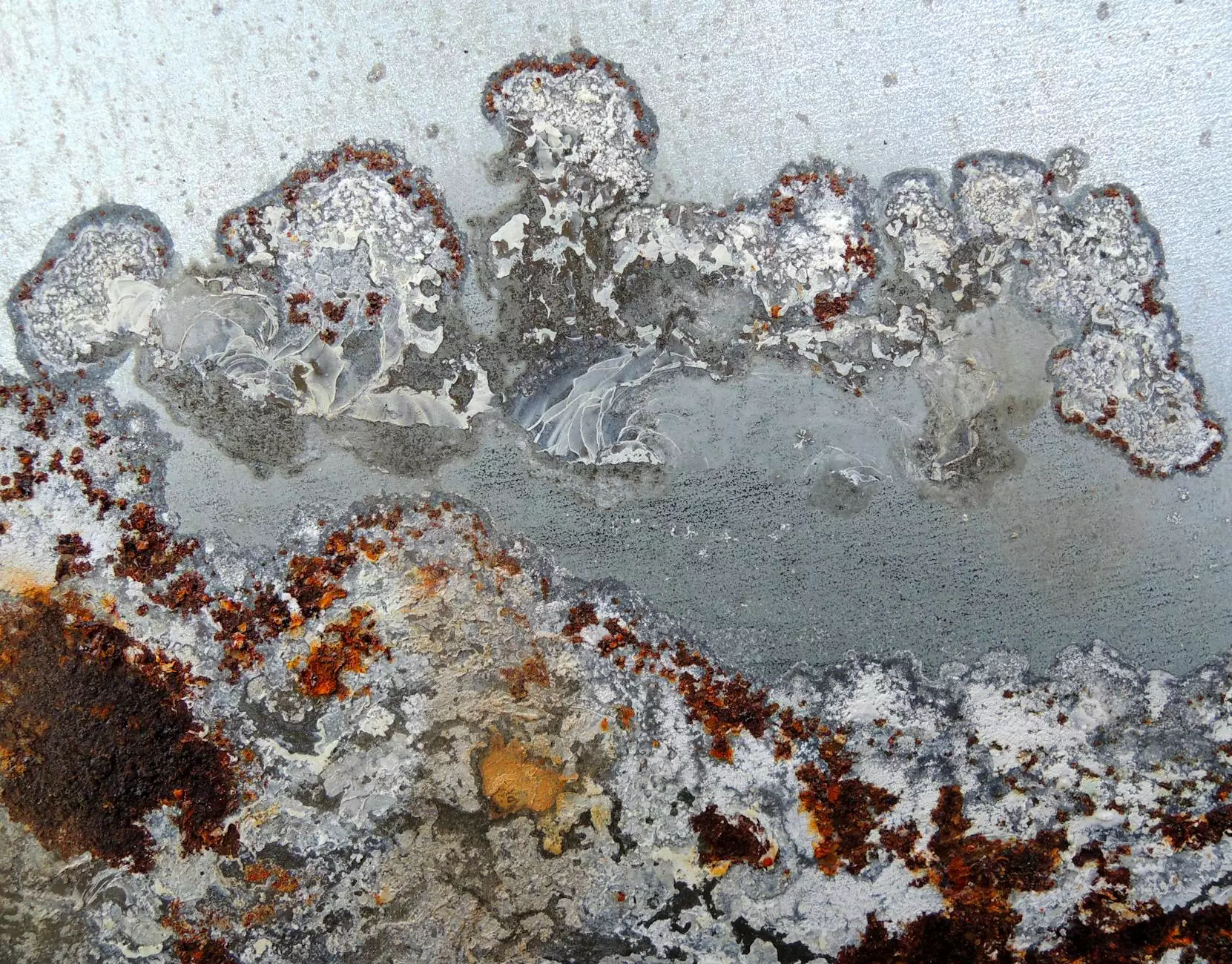Understanding Feet Discoloration: Causes, Symptoms, and Treatments

Feet discoloration is a condition that can be alarming for many individuals, signaling potential health concerns. The appearance of unusual colors can range from a faint tinge to pronounced shades that may invoke worries about circulation, skin conditions, or systemic diseases. In this comprehensive guide, we delve into the various aspects surrounding feet discoloration, including its causes, symptoms, and potential treatments, empowering readers to better understand this condition and seek appropriate medical assistance when necessary.
What is Feet Discoloration?
Feet discoloration refers to any abnormal change in the color of the skin on the feet. This alteration can be attributed to numerous factors, including but not limited to:
- Circulatory Issues - Impaired blood flow can lead to changes in skin color.
- Skin Conditions - Various dermatological disorders can present with discoloration.
- Injuries - Bruising or trauma may temporarily alter skin color.
- Infections - Certain infections can cause localized color changes.
- Systemic Diseases - Conditions such as diabetes or liver disease may manifest through skin discoloration.
The Science Behind Skin Color Changes
The human skin derives its color from melanin, a pigment responsible for the hue of our skin, eyes, and hair. When feet discoloration occurs, it can be attributed to fluctuations in melanin levels or alterations in blood supply. Understanding these biological principles can help identify the underlying causes:
- Increased Melanin Production: Conditions like hyperpigmentation or post-inflammatory changes can lead to dark patches.
- Decreased Blood Flow: Conditions such as peripheral artery disease might induce a pale or bluish tint.
- Bruising: Blood vessels can break under the skin, producing purple or bluish marks.
Common Causes of Feet Discoloration
Several factors can contribute to the disruption of normal skin color. Below are some common causes of feet discoloration:
1. Circulatory Problems
Poor circulation is one of the leading causes of feet discoloration. Conditions like peripheral artery disease (PAD), where arteries become narrowed, can restrict blood flow to the extremities, causing a pale or bluish appearance. Additionally, venous insufficiency, where veins struggle to return blood to the heart, may lead to colors ranging from purple to reddish-brown.
2. Diabetes and Diabetic Dermopathy
Individuals with diabetes may experience feet discoloration due to poor circulation and nerve damage. A specific condition known as diabetic dermopathy manifests as light brown spots on the skin’s surface and is commonly observed in diabetic patients.
3. Skin Conditions
Various dermatological issues can lead to changes in skin color. For instance:
- Eczema: This chronic skin condition may produce redness and discoloration.
- Psoriasis: Often characterized by red, scaly patches that might result in changes in pigmentation.
4. Infections
Infections such as athlete’s foot or cellulitis can induce redness or discoloration of the affected area. It is crucial to seek medical attention if infection is suspected, as untreated infections can worsen and lead to serious complications.
5. Trauma or Injury
Injuries to the foot, such as sprains or fractures, frequently result in bruising. As blood collects beneath the skin, colors may shift from red to purple to greenish-yellow as the bruise heals.
Symptoms Associated with Feet Discoloration
While the discoloration itself is a visible symptom, it is often accompanied by various other signs that may indicate a specific underlying condition. Some common symptoms associated with feet discoloration include:
- Pain or tenderness: Accompanying discomfort in the foot may suggest underlying vascular or muscular issues.
- Swelling: Edema around the affected area may indicate circulation problems or injury.
- Itching or burning: This could suggest a dermatological condition or infection.
- Temperature changes: Cold feet may indicate poor blood flow, while warm feet may suggest infection.
When to Seek Medical Help
Identifying when to consult a medical professional regarding feet discoloration is crucial for effective treatment. Seek immediate medical help if you experience:
- Severe pain: Especially if it occurs suddenly and is accompanied by discoloration.
- Non-healing wounds or sores: Particularly significant in diabetic patients or those with vascular conditions.
- Increased swelling or redness: Which could indicate an infection or blood clot.
- Systemic symptoms: Such as fever or chills that accompany discoloration.
Diagnosis of Feet Discoloration
Healthcare professionals utilize a variety of methods to diagnose the underlying cause of feet discoloration. These typically include:
- Physical Examination: A thorough inspection of the feet to assess color changes and accompanying symptoms.
- Medical History: Discussing any previous medical conditions, medications, and lifestyle factors that could contribute to the discoloration.
- Diagnostic Tests: Blood tests, imaging studies (CT, MRI), or Doppler ultrasounds to assess blood flow and identify any abnormalities in the circulatory system.
Treating Feet Discoloration
Treatment approaches for feet discoloration largely depend on the underlying cause. Here are some common treatment strategies:
1. Lifestyle Modifications
Making specific lifestyle changes can significantly improve circulation and overall foot health:
- Exercise: Engaging in regular physical activity promotes healthy blood flow.
- Diet: A balanced diet rich in antioxidants can support skin health and circulation.
- Hydration: Maintaining adequate fluid intake helps keep blood flowing and the skin hydrated.
2. Medical Treatments
Depending on the diagnosis, other treatment options may include:
- Topical Medications: Creams or ointments may be prescribed for skin conditions.
- Oral Medications: For underlying conditions such as diabetes or vascular diseases.
- Compression Therapy: Using compression stockings to improve venous return in cases of venous insufficiency.
3. Surgical Interventions
In severe cases, particularly where blood flow is critically impaired, surgical procedures might be necessary to restore adequate blood flow. Procedures can range from angioplasty to bypass surgery.
Preventing Feet Discoloration
Preventive measures can play a significant role in avoiding feet discoloration. Here are some proactive steps:
- Regular Foot Care: Inspect your feet regularly for any changes in color, texture, or lesions, especially if you have existing medical conditions.
- Avoid Prolonged Sitting or Standing: Move regularly to improve circulation.
- Wear Proper Footwear: Ensure shoes provide adequate support and fit well to avoid injuries.
Conclusion
Feet discoloration is a condition that can arise from various underlying causes, each requiring a tailored approach to diagnosis and treatment. Recognizing the signs, understanding the potential implications, and seeking timely medical advice are crucial steps in maintaining optimal foot health. If you're experiencing any troubling symptoms, don't hesitate to consult with healthcare providers, such as those at Truffles Vein Specialists, who specialize in vascular medicine and can provide the best care for your needs. Remember, proactive foot care and awareness can lead to better outcomes and healthier feet.









